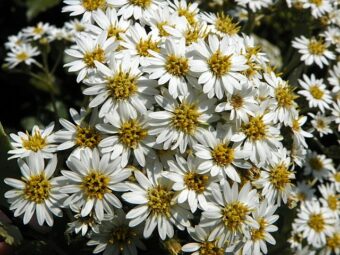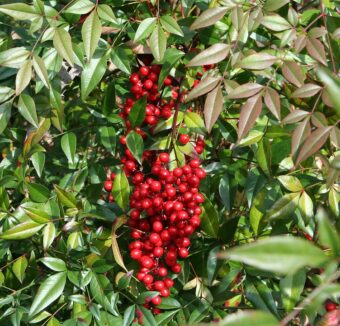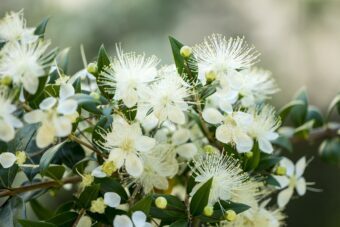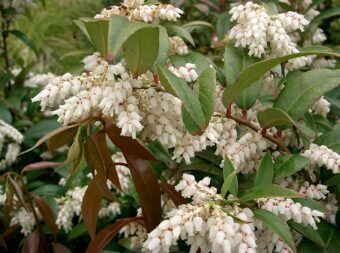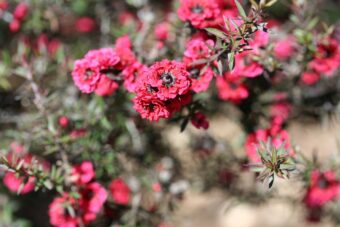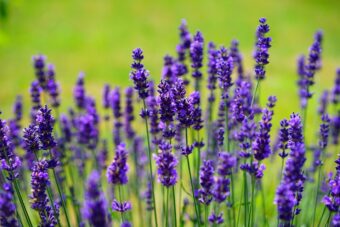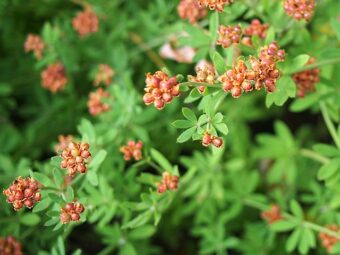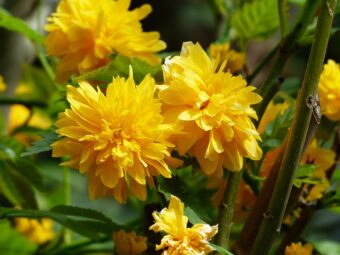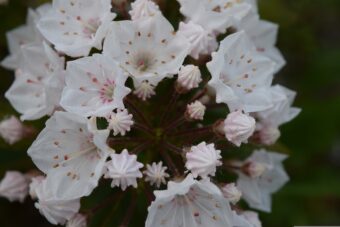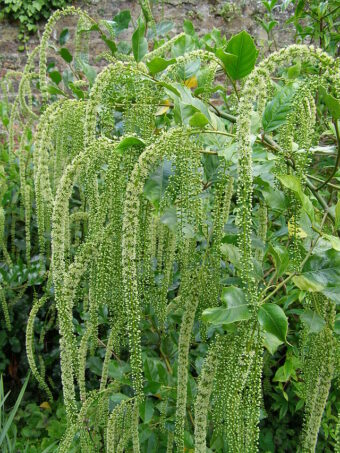In this article, we will discuss how to grow the pretty shrub of Olearia in containers. Olearia, which has the common name of daisy bush, is a genus that belongs to the largest flowering plant of the Asteraceae (the Aster) family, where 180 species are known to exist. Olearias are native to Australia, New Guinea and New Zealand and include shrubs, herbaceous plants and small trees.
They all bear the familiar daisy-like flower heads often seen in members of the Aster family. Olearias are shrubs that either is small or high. The leaves are nothing to write home about as …

